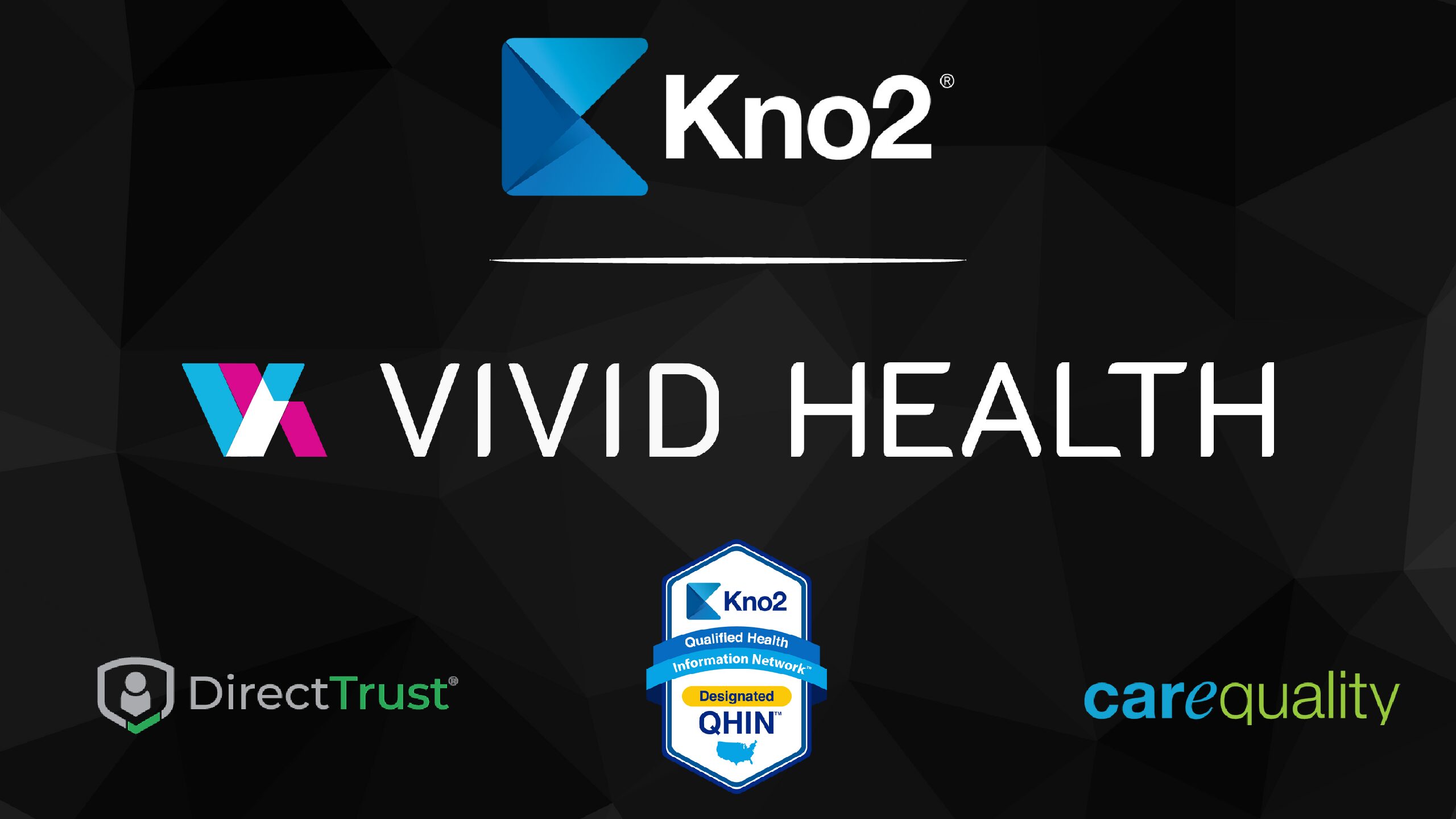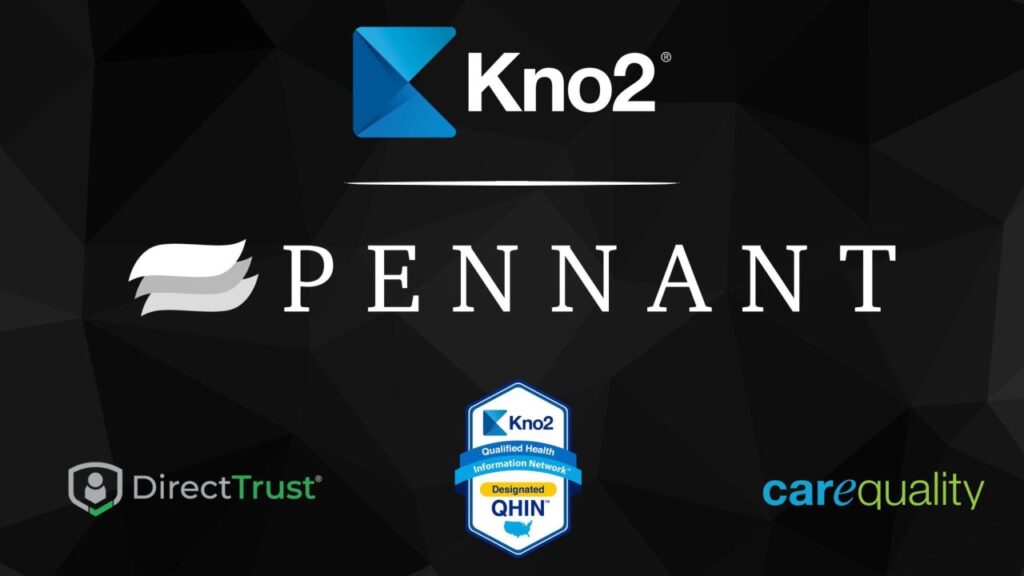From telehealth and virtual reality to AI and wearable tech, healthcare is becoming more technology-focused with every passing year. But at the heart of all of the trendiest medical gadgets remains one thing––a better patient experience. If the goal is to bring the best technology and the best experience together, the concept of interoperability has surfaced as indispensable to moving the industry forward. Interoperability ensures that data seamlessly flows between different healthcare systems, providers, patients and even devices. This allows for a more comprehensive understanding of patient health and history. True interoperability, with collaboration across the entire healthcare ecosystem, will propel healthcare into the future. With that in mind, let’s look at some recent trends in interoperability. Along with how its evolution might play into healthcare in the next few years.
Widespread Adoption
The healthcare industry is witnessing a surge in the adoption of interoperability solutions. Highly driven by a growing awareness of its importance for navigating the digital health landscape. Conversations that used to revolve around the need for interoperability have turned into discussions about how to implement it as a meaningful part of every IT stack that touches electronic health records. The COVID-19 pandemic was a major accelerant to this adoption. Such a large-scale crisis exposed existing gaps and highlighted the need for connected healthcare systems.
Self-Education
Professionals in the healthcare sector are developing a more sophisticated understanding of interoperability. That includes concepts like semantic interoperability and data parsing. Even more than that, providers are now coming to the table with a crystal-clear understanding of their unique needs and use case, allowing for quicker and more valuable innovation. This deeper comprehension reflects a maturation in the industry’s approach to data exchange and integration.
Prioritizing Connectivity
Stakeholders are more open than ever to the establishment of robust data movement mechanisms and connectivity infrastructure within the healthcare ecosystem. There are still a number of challenges to address. To name a few; privacy and security, costs, scaling, fragmented care, and a shortage of providers. As efforts are focused on ensuring smooth data flow across disparate systems and platforms, we are creating mechanisms that allow healthcare providers to access relevant information when and where it’s needed. This can facilitate better decision-making, coordination of care, and ultimately improving patient outcomes.
Initiatives and Standards
Key initiatives like Trusted Exchange Framework and Common Agreement (TEFCA) and Qualified Health Information Networks (QHINs) are driving interoperability efforts. The goal of TEFCA and QHINs is to enable seamless and secure exchange of health information across systems and networks. Regardless of the vendor or platform used. By providing a standardized framework and technical infrastructure, TEFCA aims to promote interoperability and facilitate innovation in healthcare data exchange. TEFCA is currently voluntary, but as more healthcare systems and vendors participate, it becomes less viable for an organization to remain on the sidelines. Additionally, TEFCA and QHIN certification may eventually become requirements for participation in certain government programs or for other grant initiatives. Moving the industry as a whole in that direction.
User-Centric Design
Better patient experiences and outcomes are the end goal. Therefore, simplifying the technical complexities of interoperability is a priority. A physician treating a patient in a hospital needs access to the patient’s full medical history, including past treatments, laboratory results, and imaging studies. Instead of navigating multiple systems, an interoperable system should allow the physician to access all relevant information through a single dashboard or portal, not several disparate applications. That is why efforts are underway to design user-friendly solutions, enabling providers to focus on delivering care without being burdened by complex data exchange processes. We need interoperable systems that are intuitive, easy to use, and tailored to the workflow of healthcare professionals. A better experience increases the likelihood of successful adoption and utilization of interoperable systems.
Collectively, these trends signify a promising shift towards a future where healthcare delivery is characterized by interconnected systems, informed decision-making, and ultimately, improved patient care. There is work to be done, but this is an exciting time to be a medical technology provider. There is so much purpose in working together towards a more cohesive and efficient healthcare ecosystem. Here’s looking forward to the next big trends in interoperability.






